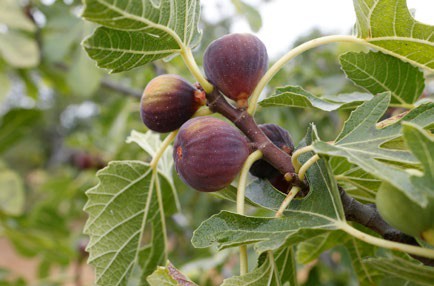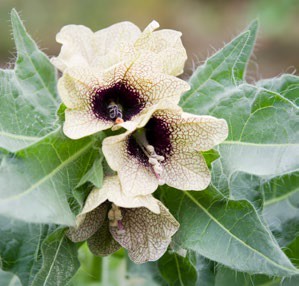Plants of the bible
In the first of a new series of faith-based lifestyle columns, Jackie Macadam looks at the plants, food and scents of the Bible.

Jackie Macadam
IT’S the fig tree that has always got me. When Jesus wanted some figs, and they weren’t ripe, Jesus ‘blasted’ the tree.
It always seemed to me like such an over-reaction, so out-of-character, for an otherwise mild-mannered man. (Mark 11:12 and 26). The Bible even says it was out of season for figs, but that did not seem to matter.
There are a surprising number of plants and trees that get a mention in the Bible, generally reckoned at around 110 of them. Some, like henbane ( Joshua 15:11) are mentioned as medicines; some, like the fig tree are mentioned in passing; and some, such as mint and black cumin, are written of as being used in food preparation. The mighty Cedars of Lebanon are used to build the Temple. Some, like the palm, is mentioned as being used in weaving as well as for eating (Psalm 91:12-14). And apparently, some plants, like the Hyssop, were used to help paint the blood over the doors to prevent the Angel of Death killing the first born during the seven plagues of Egypt, so the symbolism can be incredibly strong and very potent.

Fig tree

Henbane
In the ‘Biblical Garden’, just over the wall from Elgin Cathedral in Cooper Park, you can see all the plants mentioned in the Bible. It’s a unique space and a must-visit for those interested in Biblical flora and receives around 40,000 visitors a year.
People have always used the natural world and especially the plants found around us to medicate, alleviate and help. Who has never rubbed a dock leaf over a nettle sting and (whether real or imagined) been comforted as the sap of the leaf takes the pain of the sting away?
We share some plants with those from the Bible and use them in the same way – herbs like dill, chicory and sage are all mentioned widely, and used both medicinally and in cooking.
Some are prized for their scent, like frankincense, cinnamon, citron and even the dog rose, and would be used to perfume houses, clothing and living areas.
Onions, leeks, mustard, chick peas, coriander, cumin, ginger – they’re all included in the Bible, bringing the scents and flavours of the Biblical world into our homes and under our noses.
Cotton was widely available and used extensively in cloth making, for both the clothes people wore and for parts of their buildings, like door covers or window blinds.
Fruit and vegetables were abundant and several are given their place in the Bible too – melons, grapes, cucumbers, apples and olives were commonplace.
Medicine was derived from the natural world too, with plants and herbs taking their place again in the medical interventions of the time. Plants like garlic, almonds, myrrh, turmeric, henbane, juniper, mandrake and mint are all given their place in the plants available to, and used, by the people of the Bible.
So next time you buy some reeds to diffuse a scent around your house, you are doing something that was also done, and written about, by those who lived in the time of the Bible. ¤